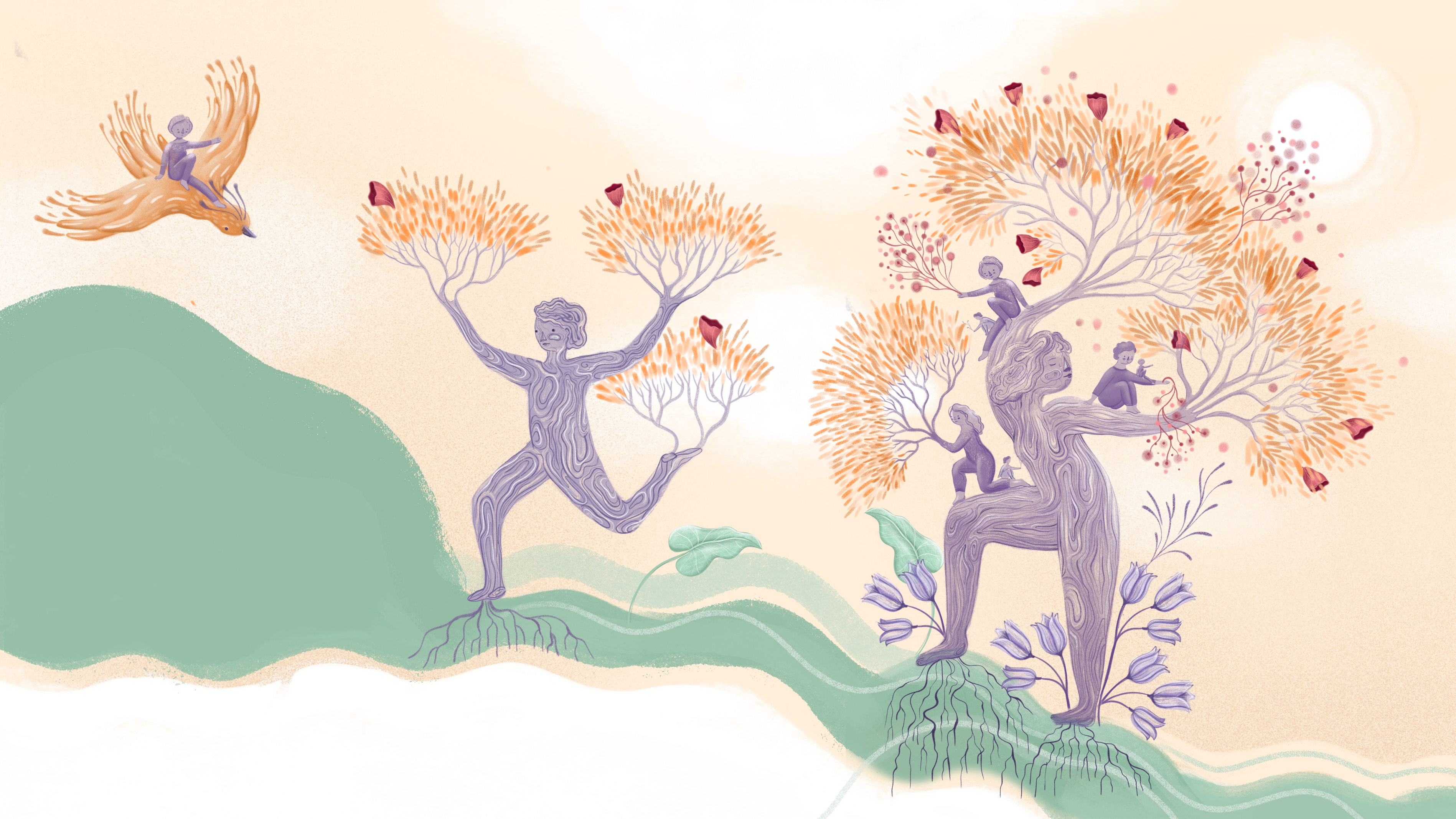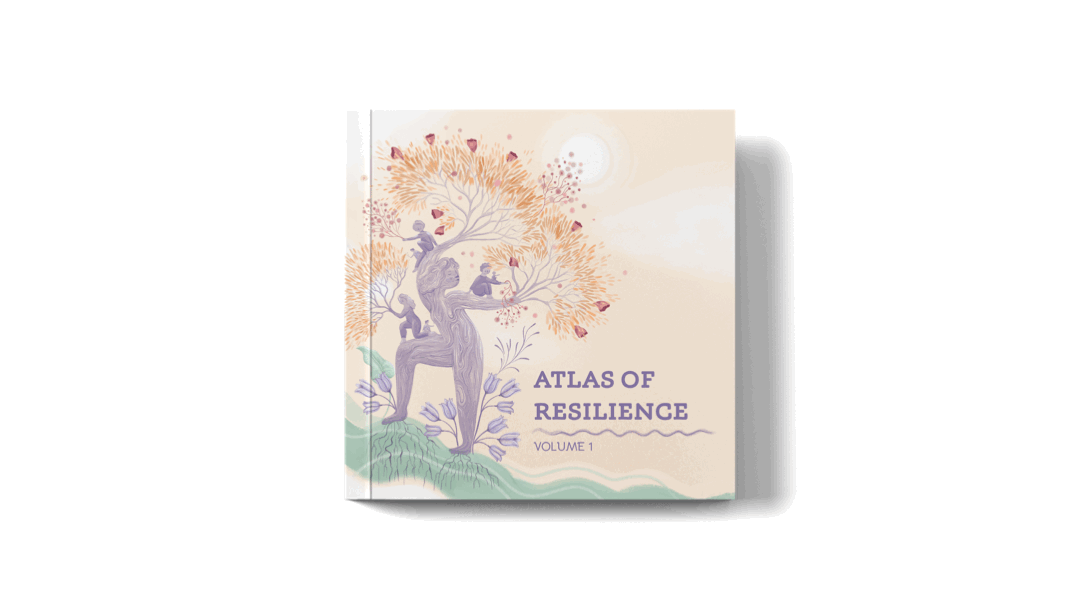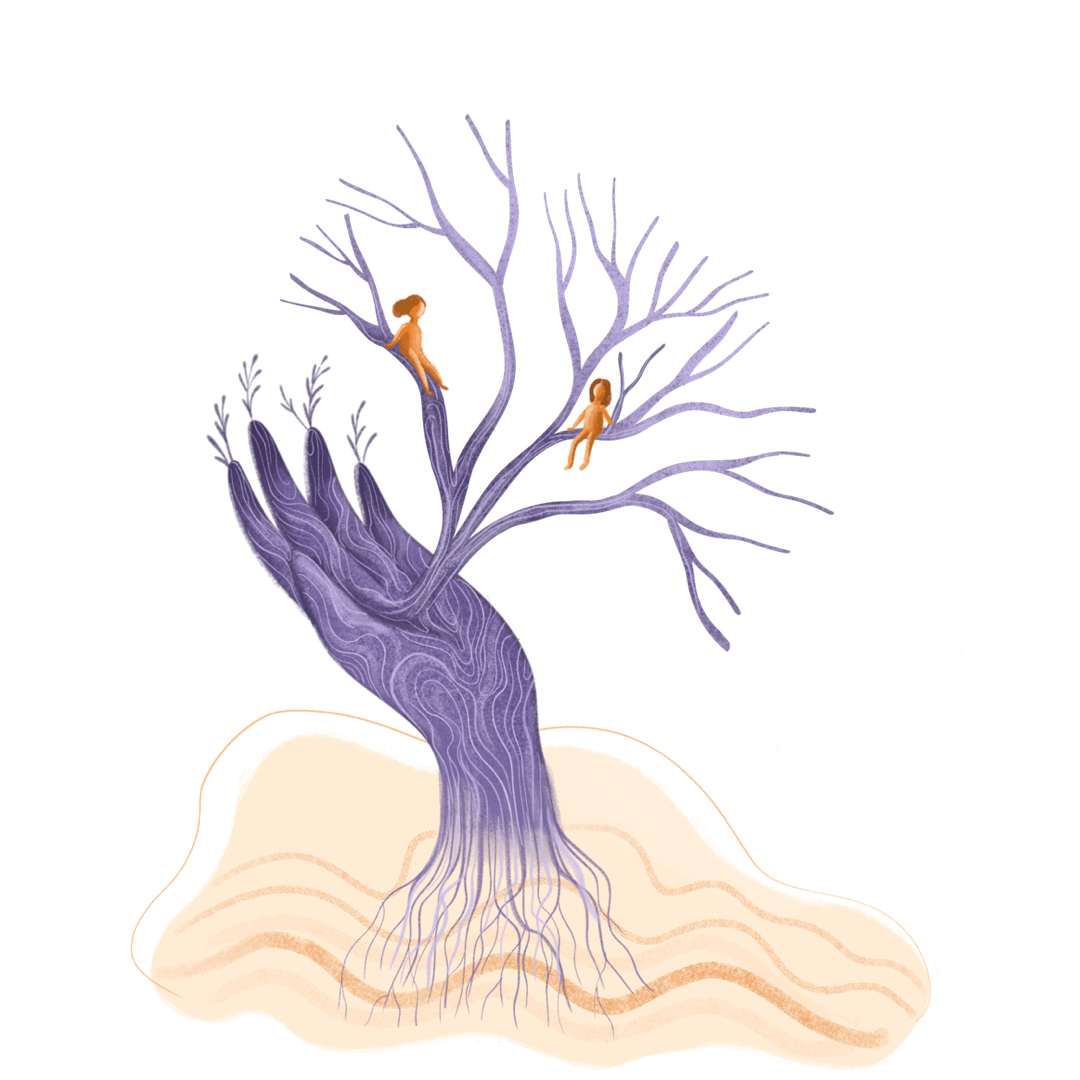Atlas of Resilience


To speak of resilience is to speak of Colombia and its many communities. Despite the numerous challenges and tragedies caused by violence, communities have had the strength to recover from acts of violence, work to address their effects and prevent similar acts from recurring.
As the collective capacity to face adverse situations, developed from and for communities, community resilience has been the purpose of the Resilient Communities project in Colombia, a country highly affected by the armed conflict, with the presence of multiple armed groups and criminal activities that have negatively impacted communities, deepening their conditions of vulnerability and fracturing their social fabric.
This Atlas of Resilience is the summary of a collective effort, in which communities, institutions and the vibrant and collaborative spirit of the territories and their people have made it possible for community resilience to persist. In these real and heartfelt stories is the experience and evidence of hundreds of people who, from the mountains and savannas of the Caribbean and the valleys of the Pacific to the roads of Catatumbo and the mountains of Cauca– continue to risk it all to defend their livelihoods.

This is an abridged English version of the Atlas of Resilience, a collection of profiles illustrating the experiences of those involved in 50 community resilience initiatives implemented by the Resilient Communities project in 10 municipalities in the country: San Jacinto, El Guamo and El Carmen de Bolívar in Bolívar; Tierralta and Valencia in Córdoba; Cáceres and Caucasia in Antioquia; Santander de Quilichao in Cauca; Sardinata in Norte de Santander and Tumaco in Nariño.


From the voices of the territories, the pages of this book are an invitation to reflect on the territorial construction of community resilience promoted by this activity and a visual journey to different territories of the country to know and understand how communities organize themselves collectively and carry out actions to face situations of conflict, crime and violence.
The initiatives were constructed from the stories of those who participated in the initiatives, and are divided into municipal and regional profiles, and grouped into six categories that generally reflect the community processes implemented.
In Colombia, the LGBTQIA+ community has faced severe violence during the armed conflict, especially in Sardinata and Bajo Cauca, where armed groups targeted them. The lack of protection from authorities, particularly the Police, has worsened distrust and discrimination. To address this, the Resilient Communities initiative promoted collaboration with local Police in municipalities like Cáceres, Tumaco, and Sardinata, implementing gender-focused activities. These efforts aimed to transform negative perceptions, improve relations, and foster dialogue, including creating murals that celebrated LGBTQIA+ identities.
In municipalities like Caucasia, Tumaco, Sardinata, Tierralta, and El Carmen de Bolívar, the problematic use of psychoactive drugs among youth is a crime risk and threat to social harmony. To combat this, Resilient Communities implemented programs promoting healthy coexistence through artistic, pedagogical, and psychosocial activities. In Caucasia, football was used to build peace and resilience, raising awareness about the impacts of problematic use of psychoactive drugs. The initiative also created safe spaces through workshops on music, dance, photography, social media, and educational sessions on drug prevention and conflict resolution.
Young people in San Jacinto, Bolívar; Tierralta, Córdoba; and Tumaco, Nariño, face violence and risks like problematic use of psychoactive drugs, armed groups, and lack of opportunities. To address this, Resilient Communities launched youth initiatives to create safe spaces and protective factors. In San Jacinto, trainings focused on the prevention of problematic use of psychoactive drugs, while in Tumaco, workshops led to a virtual network supporting those at risk. In Tierralta, a folkloric musical group was formed to engage youth, providing instruments and reducing their involvement in crime and violence.
To reduce public mistrust of the Police, Resilient Communities developed programs in Tierralta and San Jacinto to improve relations and promote coexistence. These included educating both Police and the community about the national security code and hosting activities like park film screenings. In Tierralta, sharing this information built understanding, while in San Jacinto, participants learned to dialogue and mediate conflicts. These efforts underscore the importance of fostering collaboration between the public and official institutions to enhance community resilience.
Gender-based violence and inequalities, legacies of Colombia's armed conflict, heavily affect municipalities like Cáceres, Caucasia, and El Guamo. Resilient Communities launched initiatives to strengthen women’s organizations in these areas, providing two-week workshops on violence prevention, self-care, and tool creation. In Cáceres, rural women were empowered, while in Caucasia and El Guamo, the approach was tailored to each group’s needs, emphasizing the importance of understanding each organization’s unique experiences and interests.

Across the board, building resilience has also required reengaging with institutions to add grains of sand to a fractured relationship. The work of these communities and the role of the leaders who, from their territory, build opportunities in contexts that are still violent, represent the soul of community resilience and of the process promoted by Resilient Communities.

Illustrations: @danielasaninangel
Illustrations: @danielasaninangel
